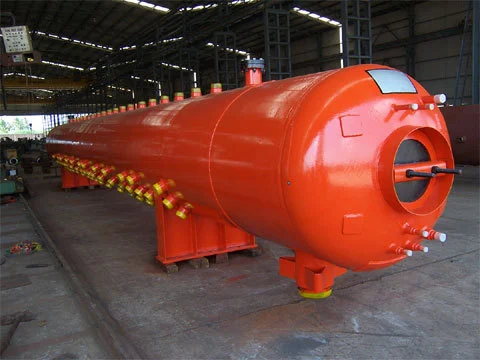In the realm of language translation, a powerful tool has emerged to overcome the barriers of communication. This tool, known as “kanta jaa,” is revolutionizing the way we bridge linguistic gaps and connect with people from around the world. In this comprehensive article, we will delve into the concept of kanta jaa, exploring its origins, functionalities, benefits, challenges, and future prospects. If you’re curious about the transformative power of kantajaa and its impact on the translation landscape, join us on this enlightening journey.
What is Kantajaa?
Kantajaa, often referred to simply as “kantajaa,” is an advanced AI-powered translation technology that enables automatic translation of text from one language to another. This powerful tool has become increasingly prominent in recent years, breaking down language barriers and facilitating global interconnection on an unprecedented scale. The term “kantajaa” itself originates from Finnish, where “kääntäjä” means “translator.” The addition of the letter “ä” pays homage to the Finnish language and its unique attributes.
The Origins of Kantajaa
The roots of kanta jaa can be traced back to the advancements in machine translation that emerged in the mid-20th century. Early attempts at automatic translation relied on rule-based systems, but a significant breakthrough came with the introduction of statistical machine translation in the 1990s. This marked a shift towards data-centric and probability-based approaches to translation.
How Does Kantajaa Function?
Kanta jaa operates on the principles of artificial intelligence and machine learning. It utilizes vast amounts of multilingual text data to train its algorithms. These algorithms analyze patterns and correlations among words and phrases in different languages, enabling kanta jaa to generate accurate translations.
It supports a wide range of languages and continually improves its precision and capabilities through ongoing training.
Kantajaa in Everyday Life
The influence of kantajaa in our daily lives is undeniable. Travelers can navigate foreign cities with increased confidence, while researchers can seamlessly access information from diverse global sources.
Kantajaa vs. Human Translation
While kantajaa has made significant strides, it is essential to recognize that it is not a substitute for human translators. Human translators bring cultural nuances, contextual understanding, and domain expertise that kanta jaa cannot replicate. In complex or specialized content, human translation remains the preferred choice.
The Challenges of Kantajaa
Like any technological innovation, kanta jaa faces its own set of challenges. One primary challenge is maintaining accuracy, especially when dealing with languages with intricate syntax and context-sensitive connotations. Kanta jaa may also encounter difficulties with idiomatic expressions, cultural references, or humor that require cultural acumen.
The Future Prospects of Kantajaa
The future outlook for kanta jaa is promising. Advancements in AI and machine learning are expected to yield even more precise and context-aware translations. Integration with augmented reality and wearable devices could potentially enable real-time language translation, further breaking down language barriers in our increasingly globalized world.
Conclusion
Kantajaa, with its origins in the field of machine translation, has evolved into a powerful tool that facilitates communication across linguistic boundaries. It has become an integral part of our digital existence, empowering us to connect with individuals and information sources from all corners of the globe. However, it is crucial to remember that while kanta jaa is a valuable resource, human translators remain indispensable in ensuring accuracy and cultural sensitivity in translation.
Frequently Asked Questions (FAQs)
- Is kantajaa similar to Google Translate?
- Kantajaa and Google Translate share similarities as both utilize AI and machine learning for translation.
- Can kantajaa provide real-time spoken language translation?
- Yes, there are applications and devices that utilize kanta jaa technology to deliver instantaneous spoken language translation. These tools are invaluable for travelers and international business professionals.
- How accurate is kantajaa in translating complex documents?
- The accuracy of kanta jaa in translating complex documents may vary depending on the languages involved and the complexity of the content. For highly specialized or technical documents, it is advisable to rely on human translation services for the most impeccable results.
- Are there privacy concerns associated with using kantajaa for translations?
- Privacy concerns may arise when using online translation services, as the text input may undergo processing and storage by the service provider. Users should exercise discretion and familiarize themselves with the privacy protocols of the platform or application they use to ensure the protection of sensitive information.
- Can kantajaa translate handwritten text or text from images?
- Advanced kantajaa applications have the capability to translate handwritten text or text extracted from images using Optical Character Recognition (OCR) technology. However, the accuracy may depend on the legibility of the handwriting or the quality of the image.



